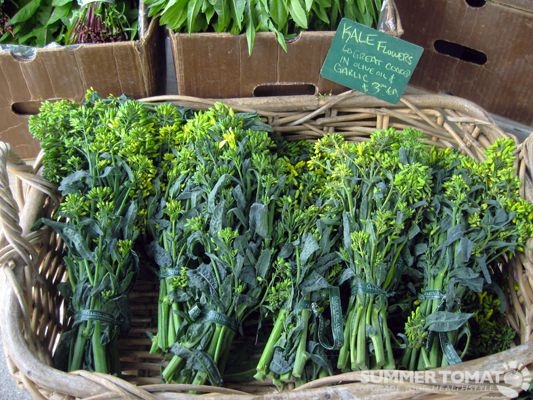Wild Flowers and Winter Cover Crops?
Advice for the Home Gardener from the Help Desk of the
UC Master Gardener Program of Contra Costa County
Client: Is it possible to plant a nitrogen-fixing winter cover crop simultaneously with wildflower seeds…..or will they just compete for space? Thanks for your answer.
MGCC Help Desk Response: Thank you for contacting the UC Master Gardener Program with your question about planting a nitrogen-fixing winter cover crop together with wildflower seeds.
There are some alternatives, but they may not be optimum for what you want to achieve. One is to plant the cover crop first and then the wildflower seeds after the cover crop has been dug in. The problem there is that may lead you to digging in the cover crop too early, or more likely, planting the wildflower seeds too late. Wildflowers seeds can be sown in early spring, but October to January is generally the best time to sow wildflower seeds. Otherwise, I am afraid that you will need to decide between planting a cover crop or wildflowers. If you are planning to turn the area into a wildflower garden, and are planting California native wildflowers, you could skip the cover crop since native wildflowers generally do not need a lot of nitrogen. On the other hand, if you are planning on turning the area into a vegetable garden, I would recommend planting the cover crop seeds and perhaps planting the wildflowers in another area of the yard.
Another option you could consider would be getting a cover crop mixture that would provide different flowers. You might find these mixtures at your local nursery as well as on-line.
You can find some basic information from UC on growing cover crops at: http://ucce.ucdavis.edu/files/filelibrary/5842/25997.pdf
Note that this is a bit out-of-date in its comment about cover crop seeds being hard to find; that is no longer true. It also mentions rototilling. You can just cut the plants down and dig them in.
Here is also some information from the California Native Plant Society on planting wildflower seeds: https://www.cnpsmarin.org/native-plants/how-to/item/185-marin-cnps-sowing-wildflower-seeds
I hope that you find this information helpful. Please let us know if you have further questions.
Good luck with your winter garden!
Help Desk of the UC Master Gardener Program of Contra Costa County (ECS)
Note: The UC Master Gardeners Program of Contra Costa's Help Desk is available year-round to answer your gardening questions. Except for a few holidays, we're open every week, Monday through Thursday for walk-ins from 9:00 am to Noon at 75 Santa Barbara Road, 2d Floor, Pleasant Hill, CA 94523. We can also be reached via telephone: (925)646-6586, email: ccmg@ucanr.edu, or on the web at http://ccmg.ucanr.edu/Ask_Us/ MGCC Blogs can be found at http://ccmg.ucanr.edu/HortCoCo/ You can also subscribe to the Blog (//ucanr.edu/blogs/CCMGBlog/)








